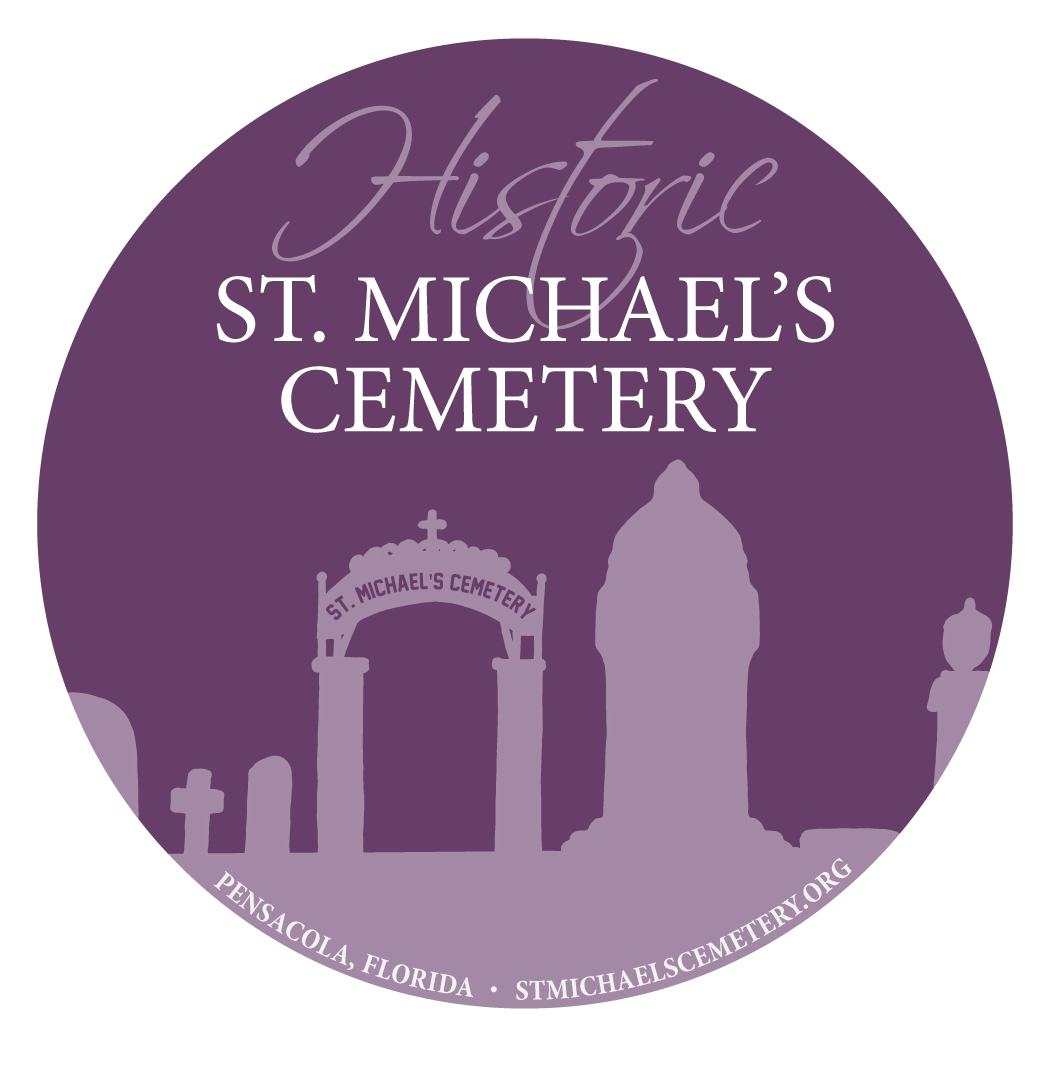The Pensacola Area Cemetery Team (PACT) was organized in late 2013 following Pensacola Mayor Ashton Hayward’s request to the University of West Florida (UWF) Division of Anthropology and Archaeology for assistance in identifying and addressing issues associated with historic cemetery resources located within the city limits of Pensacola. UWF has a long-standing commitment to community service and is pleased to assist the City of Pensacola in promoting historic cemetery preservation. The UWF Archaeology Institute has been actively involved with local, state, and regional historic cemetery preservation issues for over thirteen years. The UWF Florida Public Archaeology Network (FPAN) has also taken an active role statewide in promoting historic cemetery preservation. Like many municipal governments, the City of Pensacola does not own the cemeteries within city boundaries. However, the City does wish to be supportive of citizens overseeing historic cemetery resources. The mission of the Pensacola Area Cemetery Team is to promote local historic cemetery preservation through an interdisciplinary approach to education and training and by fostering an informed stewardship base.
The purpose of this paper is to document the iron materials inside St. Michael’s Cemetery, Pensacola, Florida. Detailing the history of iron and its significance serves to convey the value of these historic pieces. The story of these enclosures fits into the larger narrative of local and national events. The context places the use of wrought and cast iron for cemetery enclosures into a relatively short period, which is roughly from 10-20 years before the Civil War to the advent of the Great Depression. Cast iron is rarely used in the twenty-first century; while still used, wrought iron has become very expensive to produce. Modern metal alloys such as ductile iron and galvanized steel have replaced wrought and cast iron for most commercial purposes.
Lola Lee Daniel Bruington's Graves Registry
In 1938, Lola Lee Bruington set about to document burials in St. Michael Cemetery by recording the information on the tombstones. According to her notes, "The cemetery was arbitrarily laid off for convenience in locating a grave. See the map. Section A is the oldest and copied from the gate south and back to the roadway. Here are the graves of most of the settlers prior to United States posession. Section B, C and D were copied from east to west. An exact copy of every tomb was made although Bible inscriptions and verses were omitted. Divisions as to lots have been preserved showing families. Lot names have been copied when found. French and Spanish inscriptions have been translated." copy was provided by the University Archives and West Florida History Center, UWF Libraries
Unmarked burials encountered during modern interment episodes and restoration projects, as well as information contained in existing burial records and historical accounts, indicated the presence of a large number of un-marked burials in the cemetery. Remote sensing studies also supported the existence of an extensive unmarked population spanning approximately 230 years.
The Search for the Hidden People of St. Michael’s Cemetery Project explores the relationship between cemetery and community via a multidisciplinary investigation. Changes to the physical and cultural landscape, documentation of unmarked burials, and identification of many of the previously unknown individuals who lost their lives on the Florida Gulf Coast frontier, help to better understand and interpret historic St. Michael’s Cemetery and its relationship to the community it serves.
Sponsored in part by the State of Florida, Department of State, Division of Historical Resources, assisted by the Historic Preservation Advisory Council, the results of this University of West Florida Archaeology Institute project help shed light on these many "hidden people of St. Michael's Cemetery."
Correction - The Search for the Hidden People states that the oldest surviving structure in the cemetery is that of Jose Roig with a death date of 1812. Recent Photogrammetry and 3D modeling has determined that Roig’s death date is actually 1842 and therefor no longer the oldest surviving structure in the cemetery.


